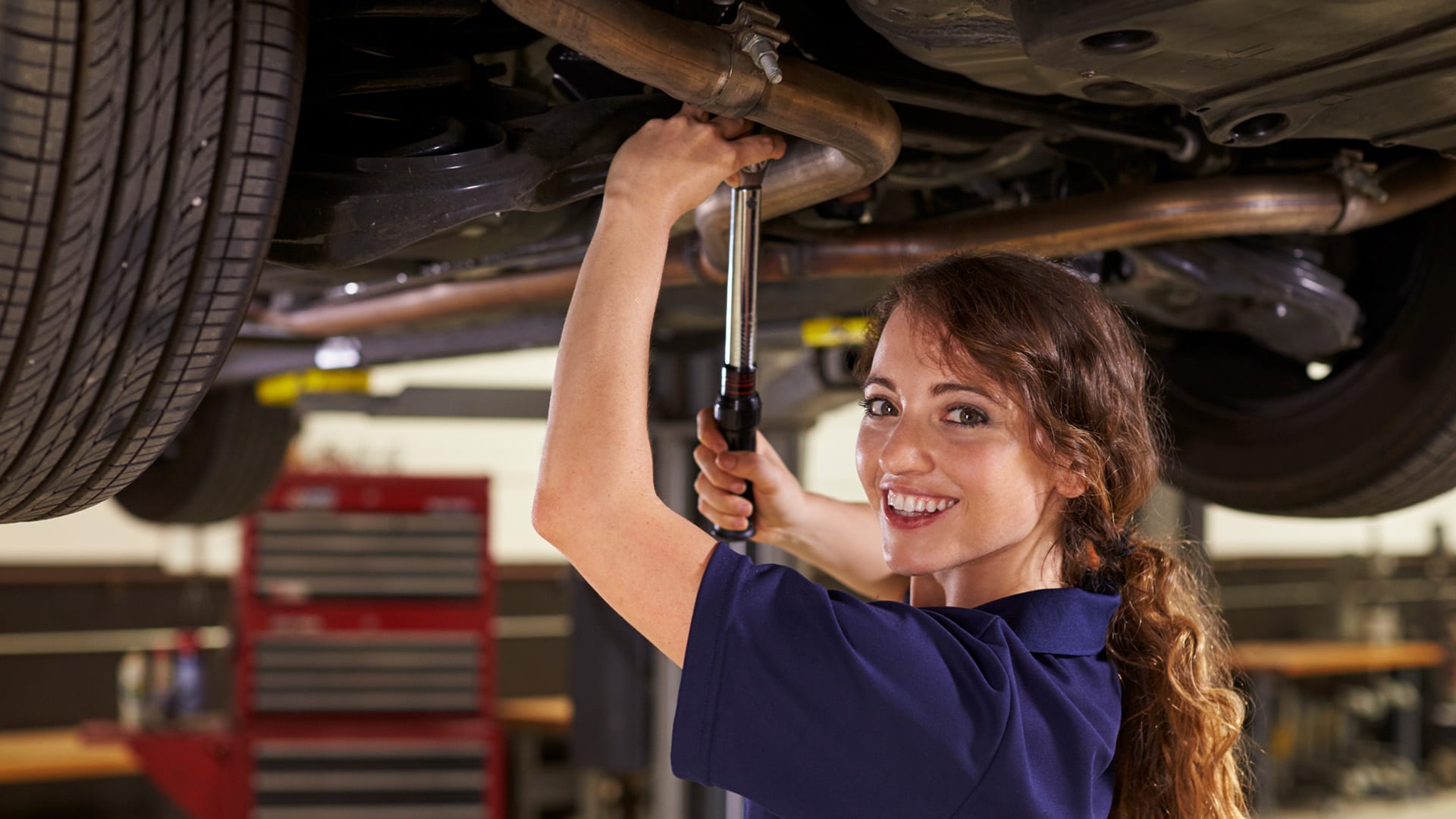In the realm of modern transportation, automotive engineering stands as the cornerstone, blending science and technology to propel vehicles forward with efficiency, safety, and innovation. This multidisciplinary field delves into various facets, from mechanical and electrical systems to materials science and computer technology, to design, develop, and enhance vehicles of all kinds.

Evolution of Automotive Engineering
Automotive engineering traces its roots back to the late 19th century with the advent of the internal combustion engine. Since then, it has evolved significantly, keeping pace with advancements in technology and consumer demands. From the early days of rudimentary vehicles to the sophisticated automobiles of today, the field has witnessed a remarkable journey marked by breakthroughs in design, manufacturing, and performance.
Key Components and Systems
Powertrain Engineering
At the heart of every vehicle lies its powertrain, comprising the engine, transmission, and drivetrain components. Powertrain engineering focuses on optimizing the performance, fuel efficiency, and emissions of these systems. Engineers employ advanced techniques such as computational fluid dynamics (CFD) and finite element analysis (FEA) to refine engine designs and enhance overall efficiency.
Chassis and Suspension
The chassis serves as the structural framework of a vehicle, providing support and stability. Suspension systems, on the other hand, ensure smooth handling and ride comfort by managing the vehicle’s weight distribution and damping road vibrations. Automotive engineers employ cutting-edge materials like carbon fiber and advanced alloys to construct lightweight yet durable chassis components, while sophisticated control systems enhance stability and agility on diverse terrain.
Electrical and Electronic Systems
Modern vehicles are equipped with a plethora of electrical and electronic systems, ranging from powertrain control modules to infotainment and driver assistance systems. Automotive engineers develop and integrate these systems to enhance safety, convenience, and connectivity. They harness the power of artificial intelligence (AI) and machine learning algorithms to enable autonomous driving capabilities and predictive maintenance functionalities, revolutionizing the driving experience.
Advanced Technologies and Innovations
Hybrid and Electric Powertrains
In response to environmental concerns and tightening regulations, automotive engineers are spearheading the development of hybrid and electric powertrains. These systems leverage a combination of internal combustion engines and electric motors to deliver superior fuel efficiency and reduced emissions. Engineers employ advanced battery technologies like lithium-ion and solid-state batteries to enhance energy storage and extend driving range, paving the way for a greener future in transportation.
Vehicle Dynamics and Control
Achieving optimal vehicle dynamics requires a delicate balance between performance and safety. Automotive engineers utilize sophisticated control algorithms and sensor technologies to fine-tune parameters such as steering response, traction control, and stability control. By integrating electronic stability control (ESC) and active suspension systems, they enhance cornering stability and minimize the risk of accidents, ensuring a safer driving experience for motorists worldwide.
Materials Science and Lightweighting
The quest for improved fuel economy and performance has led automotive engineers to explore innovative materials and manufacturing techniques. Lightweight materials such as aluminum, magnesium, and carbon fiber composites are increasingly employed to reduce vehicle weight without compromising structural integrity. Advanced forming processes like hot stamping and hydroforming enable the production of complex shapes with enhanced strength-to-weight ratios, unlocking new possibilities in design and efficiency.
Future Trends and Challenges
Autonomous and Connected Vehicles
The automotive industry is on the cusp of a transformative era driven by autonomous and connected vehicle technologies. Automotive engineers are at the forefront of this revolution, developing sophisticated sensor systems, communication protocols, and artificial intelligence algorithms to enable seamless vehicle-to-vehicle (V2V) and vehicle-to-infrastructure (V2I) connectivity. By harnessing the power of data analytics and cloud computing, they are paving the way for safer, more efficient transportation systems of tomorrow.
Cybersecurity and Data Privacy
As vehicles become increasingly connected and reliant on digital systems, cybersecurity emerges as a critical concern for automotive engineers. Protecting vehicles from cyber threats and ensuring the privacy of driver data require robust encryption protocols, intrusion detection systems, and secure software architectures. Automotive engineers collaborate with cybersecurity experts and regulatory agencies to establish industry standards and best practices, safeguarding the integrity and trustworthiness of automotive systems.
Sustainability and Environmental Impact
Addressing the environmental impact of automotive transportation remains a paramount challenge for automotive engineers. From reducing carbon emissions to minimizing resource consumption and waste generation, sustainable practices permeate every aspect of vehicle design and manufacturing. Engineers leverage life cycle assessment (LCA) methodologies and eco-friendly materials to optimize environmental performance throughout the product lifecycle, striving for a harmonious balance between mobility and ecological responsibility.
Conclusion
Automotive engineering embodies the synergy of creativity, ingenuity, and technical prowess, driving continuous innovation in the automotive industry. From pioneering new propulsion technologies to enhancing vehicle safety and connectivity, automotive engineers play a pivotal role in shaping the future of transportation. As we navigate towards an era of autonomous and sustainable mobility, the contributions of automotive engineers remain indispensable in shaping a safer, smarter, and more sustainable world on wheels.